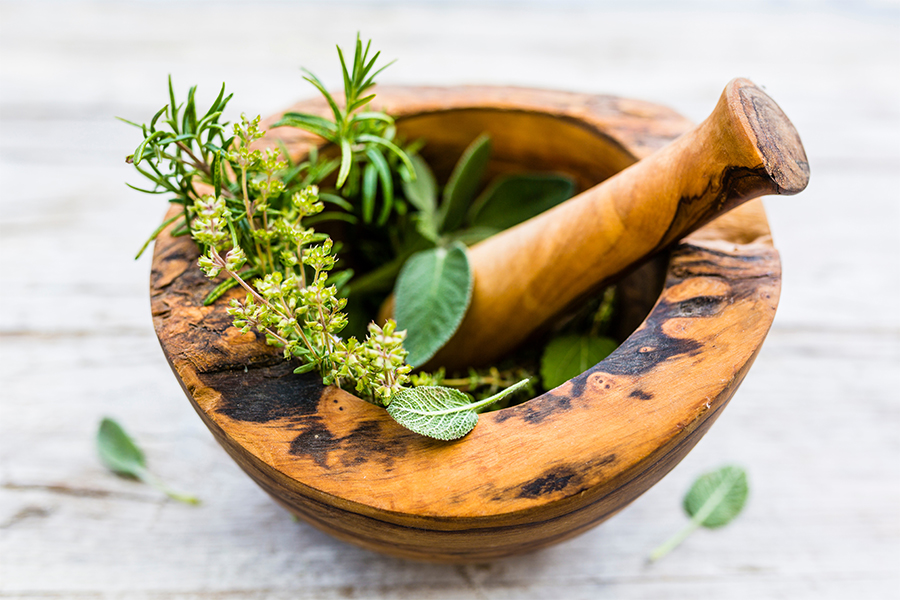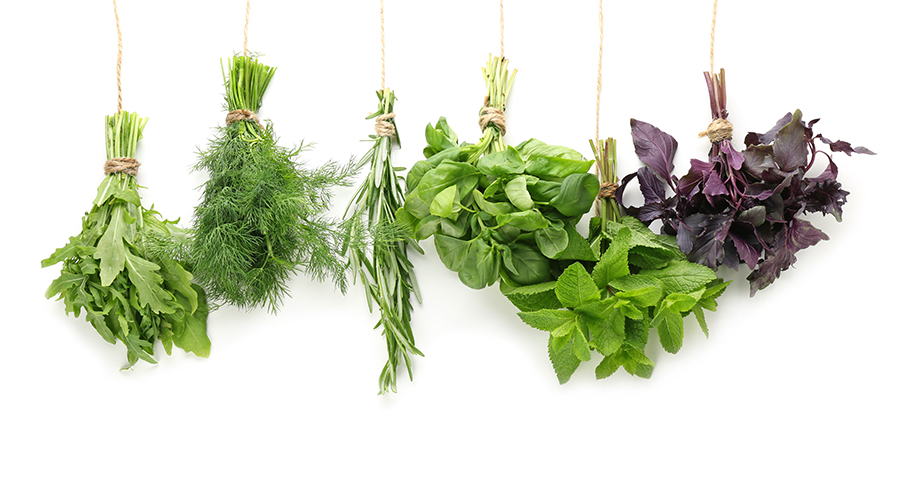Grow Herbs for your Cut Flower Arrangements
When we think of herbs, we often picture a kitchen windowsill dotted with pots of rosemary, thyme, and basil. But if you ask any seasoned florist or home arranger, they’ll tell you: herbs belong just as much in your cut flower garden as they do in your roast dinner.
Not only do they bring texture, fragrance, and a touch of whimsy to arrangements, but herbs can often outlast more delicate blooms, making them a hardworking staple for any bouquet-loving grower. Whether you're designing wild garden-inspired centrepieces or just snipping a handful of stems for your dining table, these seven herbs are both beautiful and practical.

Here are our top picks:
- Mint - Fresh, uplifting, and full of movement, mint is more than just a cocktail ingredient. Its soft green leaves and square stems add texture and fullness to bouquets, and the scent? Utterly nostalgic. Just be sure to contain it as it loves to spread. PRO TIP: Use mint as a filler in summer bouquets, especially alongside roses, cosmos, or zinnias.
- Basil - Yes, basil. But not just any basil, look for varieties like Dark Opal or Cinnamon Basil, which offer purple-tinted leaves and tiny floral spikes. They add depth and drama to arrangements while giving off that unmistakable sweet-spicy aroma. DESIGN TIP: Pair purple basil with soft pink or peach blooms for an unexpected contrast.
- Rosemary - Upright, architectural, and deeply fragrant, rosemary works wonderfully in winter and festive arrangements. Its needle-like leaves add structure and a silvery green tone that pairs beautifully with creamy whites or rich reds. BONUS: Rosemary is associated with remembrance, making it a meaningful choice in sympathy flowers or wedding bouquets.
- Sage - Velvety soft leaves in a dusty green-grey hue, sage brings elegance and a gentle rusticity to floral designs. The texture alone is enough to make it a florist’s favourite, but when in bloom, its subtle purple flowers add even more charm. TOP USE: Perfect in bridal arrangements or autumn centrepieces.
- Oregano - This one might surprise you, but flowering oregano is a pollinator magnet and na delight in the vase. The tiny blooms sit atop branching stems and add a natural, slightly wild feel to bouquets. Plus, the soft scent is soothing and earthy. STYLING TIP: Add oregano to hand-tied bunches for that “just-picked” countryside feel.
- Lemon Balm - With its heart-shaped leaves and lemony fragrance, lemon balm adds a delicate citrusy touch to any bouquet. It’s especially good for spring and early summer arrangements, complementing soft blooms like anemones, tulips, or sweet peas. TRY THIS: Tuck a sprig or two into a bedside bouquet, as its scent is known to calm the mind.
- Thymes - Often used as a trailing element, thyme brings an airiness to arrangements that’s hard to replicate. When in flower, it offers a subtle pop of colour from its tiny blooms—and its herbal scent is unmistakable. BEST FOR: Filling in small gaps in arrangements or softening hard lines in more formal designs.

Why Herbs Belong in Your Flower Patch
Herbs are tough. They grow fast, tolerate heat, and bounce back after cutting. But more than that, they enhance your floral work, with fragrance, movement, symbolism, and texture. They’re an easy way to make your arrangements feel elevated, grounded, and completely one-of-a-kind.
At FlowerSuppliers.co.uk, we’re all about helping florists and flower lovers find fresh inspiration, and fresh stock. If you’re looking to build bouquets that smell as good as they look, don’t overlook the herb section.

